The equation you give is the theoretical reactance of an ideal capacitor. It comes from the mathematical descriptions of capacitance. I don't see how you get the idea that it is a "rule of thumb."
$$Z_C = \frac{1}{2 \times \pi \times f \times C}$$
Clearly shows that reactance becomes smaller as the frequency increases - and that is true for all capacitors.
Wikipedia has a lot of the math and links to other sources if you'd like to read about it.
What you are discussing, however, is a difference between different types of real capacitors.
A real capacitor has resistance and inductance in addition to the capacitance it was designed to have.
Resistance is there because all conductors have at least a little resistance.
Inductance is there because even a straight wire has at least a little inductance.
Look at the construction of an electrolytic capacitor:

It has two very long conductors (the anode and cathode foils.) They are very thin and very long, which gives them considerable resistance. Since the whole thing is rolled together, the length of the rolled conductors also gives it considerable inductance.
While the capacitance itself follows the equation for reactance you gave, you also have to figure in the resistance and the inductance.
$$ Z_T = Z_C + Z_I +R$$
Along with that, the capacitance and inductance form a resonator and make things more fun.
The difference between an electrolytic capacitor and a ceramic capacitor is that the frequency response of the ceramic capacitor more closely follows the ideal equation - ceramic capacitors have lower inductance and lower resistance than electrolytic capacitors.
Part of the difference is due to the size - typical ceramic capacitors are smaller than typical electrolytic capacitors.
Part of the difference is due to materials, and part of it is due to the physical construction.
As the applied frequency rises, the resistance and inductance play a proportionally larger role. Resistance is (more or less) fixed, and the impedance of the inductance increases. At some point, those two out weigh the impedance of the capacitance. That's where your capacitor loses its effectiveness as a capacitor and behaves like an inductor.

